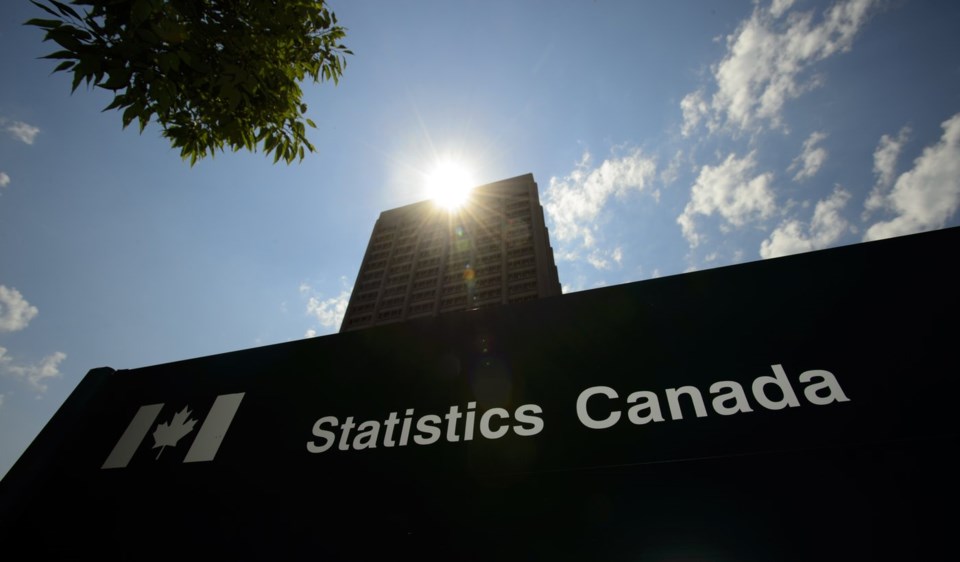OTTAWA — Canada’s unemployment rate jumped to 6.8 per cent last month as more people looked for work in a weak job market, shifting expectations toward a jumbo interest rate cut next week.
Statistics Canada’s November labour force survey says the jobless rate last month reached the highest since January 2017, outside of the COVID-19 pandemic. The unemployment rate was 6.5 per cent in October.
Meanwhile, the economy added 51,000 jobs in November, with employment gains concentrated in full-time work and the public sector.
The labour force participation rate, which reflects the proportion of working-age people who are employed or looking for work, rose by 0.3 percentage points last month.
That increase explains why the unemployment rate climbed, even as the economy created more jobs.
James Orlando, TD's director of economics, called the latest job data "messy," noting the unemployment rate and job gain send opposite signals.
"If you look at a 50,000 job gain for Canada in one month, you're like, 'Okay, we're doing great.' And then you realize that the labour force just exploded in the month and that really is the driver of the unemployment rate rise," Orlando said.
Despite the mixed details of the job report, financial markets are now betting more heavily on a half-percentage point rate cut following the data release.
BMO changed its call from a quarter-percentage-point cut to a half-point reduction in the Bank of Canada's policy interest rate following the job report.
"To be clear, this is what we believe the bank will do, not necessarily what we believe that they should do," wrote BMO chief economist Douglas Porter.
"But the bank seems biased to ease quickly, and the high jobless rate provides them with a ready invitation."
The central bank's key rate currently stands at 3.75 per cent.
The Bank of Canada lowered its policy interest rate by half a percentage point in October in response to inflation returning to its two per cent target and economic growth remaining tepid.
But governor Tiff Macklem wouldn't say whether the central bank expects to deliver another large interest rate cut in December. He instead stressed the decision would be data-dependent.
TD still expects the central bank to cut rates by only a quarter-point.
Orlando said the underlying fundamentals of the economy remain solid, pointing to continued employment gains, relatively resilient consumer spending and a housing market that's expected to pick up speed next year.
"If you're a central bank, you want to set policy for the future, not necessarily for yesterday," Orlando said.
High interest rates have cooled the labour market significantly as employers pull back on hiring.
The jobless rate in Canada has been on an upward trend since April 2023, rising 1.7 percentage points over that timespan.
For unemployed Canadians, that’s meant longer periods without work.
The job report says 46.3 per cent of unemployed Canadians in November had not worked in the last year or had never worked, up from 39.5 per cent a year ago.
November also marked a slowdown in wage growth, which has remained resilient despite slow economic growth.
Average hourly wages were up 4.1 per cent from a year ago, down from a 4.9 per cent annual pace in October.
This report by The Canadian Press was first published Dec. 6, 2024.
Nojoud Al Mallees, The Canadian Press




